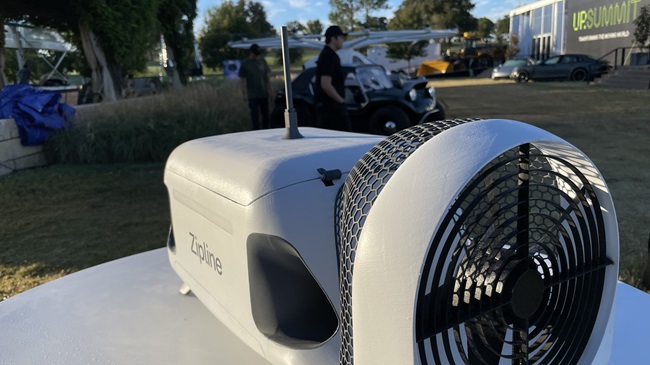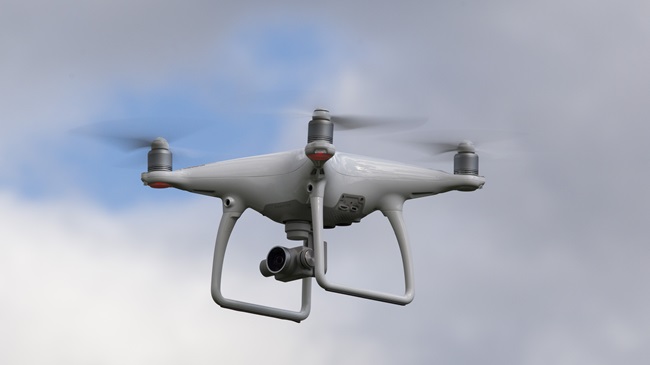Drone flies mines for safety
Mines are dangerous places to work, whether far underground or deep, open pits. Reducing the risks taken by people is a potent argument for using drones, but not just any drone can do this work.
Enter Elios, a drone that flies within its own cage and is able to inspect confined spaces including storage tanks, large-bore pipes, and active mines. Produced by Flyability, this drone has been put to work in many tight spots where humans would otherwise have to take risks to get the job done.
Flying inside its own protective frame, Elios is a threat to nobody, “collision-tolerant” in the parlance of its makers. This means it can access the tightest spaces without the risk of causing damage or injury. The cage allows the drone to bounce off or roll over obstacles as it navigates. It can even come in direct contact with humans without causing injury.

On a recent series of tests at multiple sites in a Chilean copper mine, Flyability partnered with WS Data 3D, a local mining inspection company. An inspector equipped with Elios was able to perform the same inspections, in key areas of the operation, without climbing into tight or dangerous places.
The mining equipment that the drone was tasked to inspect is dangerous: ball mills, SAG mills, crushers, stockpile feeders, and flotation cells. Stockpile feeders are holes in the floor, where the mineral drops by gravity on the conveyor belts to carry materials to the mills. Ball mills, SAG mills, and crushers grind materials for further processing. Flotation cells are large tanks where minerals float to extract copper. These special tanks store liquids and chemicals with no ventilation. It’s an extremely hazardous environment for people.
Performing these inspections by drone saves the company significant time and money, allows inspection of otherwise inaccessible equipment, and contributes to the safety of mine personnel.
"The economic benefits of using the Elios for mining equipment inspection are clear. Since the mine doesn’t have to stop production for over an hour, the company sees an immediate savings in production costs," said Eric Romersa, co-founder of WS Data 3D. "The quality of the data from the drone is better than the quality that you get with a person; people need to get in and out quickly. With a drone, you can stop and make a more detailed visual inspection. You can establish standardized procedures where you know exactly what points you need to cover every time. Crushers are now inspected every month and managers have the option to inspect specific items in 30 to 40 minutes if there is a problem."
Over the past few years the mining industry has widely adopted drones to perform various geospatial tasks in open pit mines, especially volumetric calculations and general mapping. Now adding inspections to the mix, drones are improving mine operations and increasing safety and profitability.
The completion of these tests in Chile enhances the use of indoor drones in mining. Being able to inspect inside ore processing equipment without human entry opens up the usage of drones to an entirely new stream of mining. Historically, drones were deployed only in upstream mining operations. By deploying drones to inspect stockpile feeders, SAG mills, ball mills, conveyor belts, flotation cells, and other equipment, commercial drones are now used in downstream mining operations as well.




